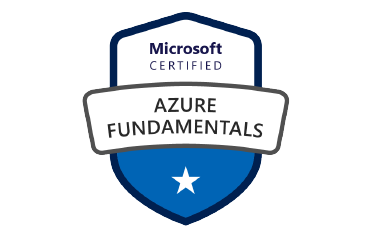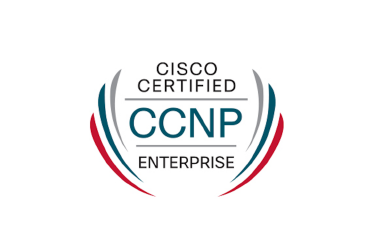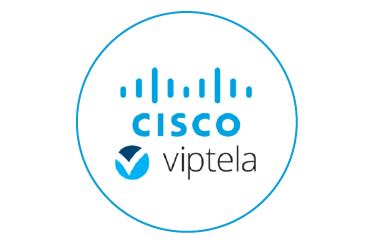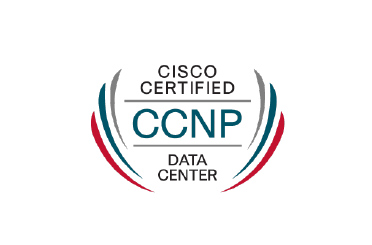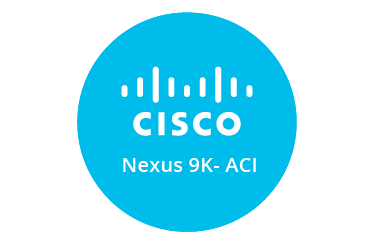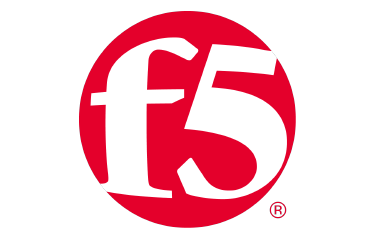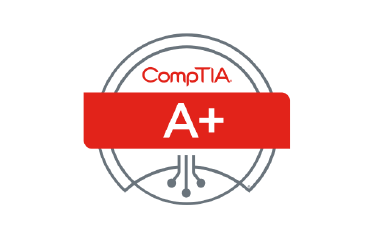MPLS-QoS
This is a specially crafted curriculum to prepare industry experienced network professionals so that they can design, implement and troubleshoot the high-end network in the service provider domain. In this course, the focus is on MPLS implementations and QoS strategy, which ones are the most essential technologies for large scale enterprise or service provider environment.
All Courses Idea
MPLS
MPLS Overview
- Unicast IP Forwarding in Traditional IP Networks
- Overview of MPLS Forwarding
- MPLS Terminology
- MPLS Control and DATA Plane Components
- MPLS operation
- Penultimate Hop Popping (PHP)
- Frame Mode MPLS
MPLS Architecture and LDP Configuration
- Introducing MPLS Labels and Label Stacking
- Label Switch Router and LSP
- Label Distribution Protocols
- LDP Operation and Configurations
- Targeted LDP Session
- LDP Autoconfiguration and LDP-IGP Synchronization
- IP Lookup versus Label Lookup
- Implicit and Explicit NULL Label
- TTL Behavior of Labeled Packets
- MPLS MTU
Basic MPLS VPN Overview and Configuration
- Introduction to MPLS VPN
- Overlay and Peer to Peer VPN Model
- Architectural Overview of MPLS VPN
- Virtual Routing and Forwarding (VRF)
- Route Distinguisher (RD )
- BGP Extended Community
- Route Target Export and Import (RT)
PE-CE Routing- Static & RIP
- Static PE-CE Routing Overview
- Static PE-CE routing configuration and Verification
- RIP v2 PE-CE Routing Configuration and Verification
PE-CE Routing Protocol- OSPF
- Traditional OSPF Routing Model
- MPLS VPN or OSPF super backbone Concept
- OSPF Route propagation using MPLS VPN super backbone
- OSPF Down bit and Domain Tag
- OSPF Backdoor and Sham Link
- Configuration and Verification
PE-CE Routing Protocol- EIGRP
- EIGRP Route Propagation
- Routing Loops and Suboptimal Routing
- BGP cost Community Feature
- EIGRP Site of Origin (SoO) Attribute
- Configurations and Verification
Implementing BGP in MPLS VPN
- BGP PE-CE Routing Protocol Overview
- Implementing Route Reflectors in MPLS VPN Networks
- Hub and Spoke MPLS VPN sites using Unique AS Numbers
- Hub and Spoke MPLS VPN sites using Same AS Numbers
- Configuration and Verification
Inter-Provider VPN (Inter AS)
- Overview of Inter-Provider VPN
- Inter-Provider VPN using Back to Back VRF Method
- Inter-Provider VPN using VPNV4 exchange
- Inter-Provider VPN using Multi Hop VPNv4 Exchange
Carrier Supporting Carriers (CSC)
- Carrier Supporting Carrier Overview
- Deployment Scenarios with CSC
Internet Access from MPLS VPN
- VPN Internet Access Topologies
- Internet Access Implementation Methods
- Internet Access through the Global Routing Table
- Internet Access Through a Central VRF Site
Any Transport over MPLS (ATOM)
- Introduction to Layer 2 VPN
- Understanding the need for ATOM
- Pseudo Wire Reference Model
- Transporting Layer 2 Frames
- Label Exchange in ATOM
- Configuration and Verification
Implementing VPN with L2TPv3
- Layer 2 Tunneling protocol Overview
- Configuring L2TPv3 Tunnel for Layer2 VPN
Troubleshooting MPLS Networks
- Verifying Label switched path
- Traceroute in MPLS networks
- TTL Behavior in MPLS networks
- Label Aware ICMP
- MPLS ip TTL-Expiration pop command
- Debug MPLS Packets
Quality of Service (QoS)
Introduction to QoS
- The Need for QoS
- Understanding QoS
- Implementing QoS
The Building Blocks of QoS
- Models for Implementing
- Integrated Services Model
- Differentiated Services Model
- QoS Mechanisms
MQC and Cisco AutoQoS
- MQC
- Cisco AutoQoS VoIP
- Cisco AutoQoS for the Enterprise
Classification and Marking
- Using MQC for Classification
- Using MQC for Class-Based Marking
- Using NBAR for Classification
- Configuring QoS Preclassify
- Configuring QoS Policy Propagation via BGP
- Configuring LAN Classification and Marking
- QoS in the Life of a Packet
Congestion Management
- Queuing
- Queuing Implementations
- Configuring FIFO and WFQ
- Configuring CBWFQ and LLQ
- Configuring LAN Congestion Management
Congestion Avoidance
- RED
- Configuring Class-Based Weighted RED
- Configuring Explicit Congestion Notification
Traffic Policing and Shaping
- Configuring Class-Based Policing
- Configuring Class-Based Shaping
- Configuring Class-Based Shaping on Frame Relay Interfaces
- Frame Relay Voice-Adaptive Traffic Shaping and Fragmentation
Link Efficiency Mechanisms
- Configuring Class-Based Header
- Compression
- Configuring Link Fragmentation and Interleaving
QoS Best Practices
- Traffic Classification Best Practices
- Deploying End-to-End QoS
- Providing QoS for Security
CCNA Routing and Switching, CCNP Routing and Knowledge of BGP/ 3-5 years of experience in handling enterprise network.
MPLS (Multiprotocol Label Switching) is a high-performance, scalable routing technology used to forward packets based on labels instead of IP addresses. It’s widely used in service provider networks and enterprise WANs for speed and traffic engineering.
MPLS allows you to: Forward packets faster by using labels Create virtual paths (Label Switched Paths - LSPs) Separate traffic types (e.g., voice vs. video vs. web) Support VPNs, Traffic Engineering (TE), and Quality of Service (QoS)
QoS (Quality of Service) is a network feature that prioritizes traffic types to ensure high performance for critical applications like: Voice (VoIP) Video conferencing Business apps (ERP, CRM)
MPLS and QoS work together to: Prioritize traffic across Label Switched Paths Guarantee bandwidth for critical services Avoid packet loss, delay, and jitter Enforce traffic classes (e.g., Expedited Forwarding for VoIP)
1. Classification – Identify traffic type 2. Marking – Add labels/fields to identify priority 3. Policing – Drop or remark out-of-policy traffic 4. Shaping – Smooth traffic flows 5. Queuing/Scheduling – Prioritize and forward based on traffic class
The EXP (Experimental) bits in the MPLS header are used for QoS marking. These 3 bits allow up to 8 different traffic classes, similar to IP precedence or DSCP values.
Traffic Engineering in MPLS is used to manually control how traffic flows through the network, instead of relying on traditional routing like OSPF or BGP. This lets you: Avoid congested paths Allocate bandwidth per class Meet SLAs (Service Level Agreements)
Traffic can be classified based on: IP source/destination Port numbers Protocol types DSCP/ToS values (in IP header) MPLS EXP bits
In Cisco IOS, you’ll use: class-map and policy-map for classification and marking mpls qos and mpls traffic-eng commands service-policy to apply QoS to interfaces DiffServ and IntServ models
At the ingress PE router (Provider Edge), classify and mark the traffic. Inside the MPLS core, EXP bits are used to enforce QoS policies. Egress PE can remark or process traffic based on SLAs.
Topic MPLS Header QoS Tools TE Protocols LSP Types DSCP Mapping
Yes, this course is highly sought-after in Kolkata and across India, offering excellent career prospects.
After completing this course from AITA Kolkata, you can explore various job roles in reputed IT companies, MNCs, and startups.
Yes, AITA Kolkata offers placement assistance to help students kickstart their careers.
Absolutely! This course is available online, making it accessible to students across India and globally.
AITA offers industry-aligned curriculum, experienced trainers, and strong placement support, making it a preferred choice for this course in India.










